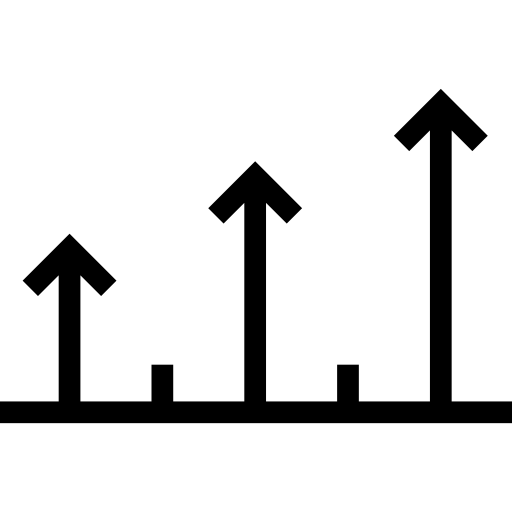
Starting date : Jan. 2018 > Dec. 2021
Lifetime: 48 months

Program in support : NMBP-12-2017Nanotechnologies, Advanced Material, Biotechnologies and Production

Status project : in progress

CEA-Leti's contact :
Caroline Desvergne

Project Coordinator: Engin Vrana, Spartha Medical, (FR)
Partners: - ALB: Turgut Ozal Education SHA
- BE: Centre Hospitalier Universitaire de Liège, Pro-Active
- CZ: Biodevice Systems s.r.o.
- DE: Steinbeis 2i Gmbh, Steinbeis R-Tech
- EE: Protobios OU
- ES: Agencia Estatal Consejo Superior de Investigaciones Científicas
- FI: Aalto-Korkeakoulusaatio
- FR: INSERM UMR 1121, Elvesys
- GB: University of Nottingham
- IR: Dolmen Design and Innovation Ltd., Dublin City University
- RS: SteinBeis Advanced Risk technologies Institute doo Kragujevac

Target market: n/a

Publications:

Investment: € 8 m.
EC Contribution: € 8 m.

| Stakes
The aim of PANBioRA project is to design a complete solution for biomaterial biocompatibility testing. This relies especially on cell culture and micro-organ monitoring using a set of sensor integrated in microfluidic platforms.
CEA-Leti is leader of the Work package dedicated to developing the μfluidic (bio)sensing platform. This equipment integrates different (bio)sensors that enable real-time detection of metabolic species generated by stressed cells, sequential detection of protein biomarkers (cytokines or chemokines) and characterization of cell aggregation/tissues. CEA-Leti is developing the complete μfluidic platform, which includes:
- Designing the overall microfluidic system integrating a cell culture system, a microfluidic chamber for metabolite electrochemical monitoring and a μfluidic chip dedicated to optical detection of chemokines and cytokines
- Designing a fully biocompatible electrochemical sensing platform integrating reactive oxygen species (NO and H2O2) electrochemical sensors, a pH potentiometric sensor and a lactate enzymatic biosensor
- Designing impedance electrodes for cell tissue characterization.
CEA-Leti is currently recognized for his capabilities in designing μfluidic systems and multiparametric (bio)electroanalytical platforms for diagnosis and life sciences. However, implementation of multiparametric sensing platforms within μfluidic systems for cells and micro-organs remains poorly developed.
PANBioRA is prompting the CEA-Leti team to develop innovative electrochemical sensor technologies for these highly demanding applications. This should position CEA-Leti as European leader in the field of instrumented μfluidic systems and their application to cell culture and organ-on-chip. These developments also open up the way to designing fully biocompatible electrochemical sensing platforms that may be more closely involved in instrumented implanted prosthesis.
OBJECTIVES
PANBioRA aims at providing customized pre-implantation diagnostics for biomaterial-based applications to ensure better clinical outcomes and minimize risks associated with the use of established and new biomaterials.
A generalized, standard testing system can provide not only more information on new biomaterials, but also the extensive data needed to develop an understanding of human-biomaterial interactions at the biological systems level. Interaction and exposure to specialized biomaterials is a relatively new occurrence for the mammalian immune system and the capacity to predict future risks is strongly dependent on the capacity to collect and evaluate data on the cell-material interface as PANBioRA ensures.
Current tests involve manual handling, which is subject to low throughput and possible human error. PANBioRA takes these human factors into account to design an integrated, user-friendly system. This system refers to a series of integrated/connected test modules and instruments, supplemented by data analysis, modelling, and radar risk components. The main objective of the project is to develop a modular and integrated system to allow the evaluation of biomaterial domains including: - A new biomaterial for health or disease condition (generalized test)
- A given biomaterial for a specific patient (personalized test).
To achieve this objective, the PANBioRA team is developing a user-friendly platform that can provide superior risk assessment for new (polypeptide/artificial polysaccharide materials) and existing (silicones, titanium, gelatin and their 3D printed shapes) materials at different levels and lengths, including: - Antibody response, cytotoxicity/genotoxicity at the cellular level
- Systemic and local effects at related tissue and tissue levels
- Risks to the environment and degradation at physical chemical and biomechanical levels
- Predictive modelling at system level (including microbiota responses).
This will be achieved through the simultaneous evaluation of host-biomaterial interactions involving nanoscale to micrometer scale effects and will result in four enabling tools: - A PANBioRA integrated biomaterial assessment instrument
- Expansion of the improved simulation test on biomaterials (for biomechanical characterization)
- Web-based biomaterial modelling systems (for microbiota responses, degradation kinetics, and toxicity in 3D environments)
- A risk radar available on the Web.
IMPACT
The PANBioRA project is generating technical impacts through implementation of an integrated system capable of performing biomaterial analyses complying with the relevant standards at different length scales and for providing an assessment based on a specially developed rating system. The economic impacts can be evaluated by developing new products and discoveries at a fraction of the cost of currently mandated standards (industrial) and a way to make more informed decisions on the choice of customizable implantable materials (health).
|
|